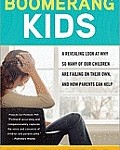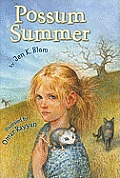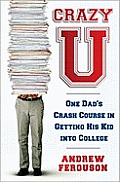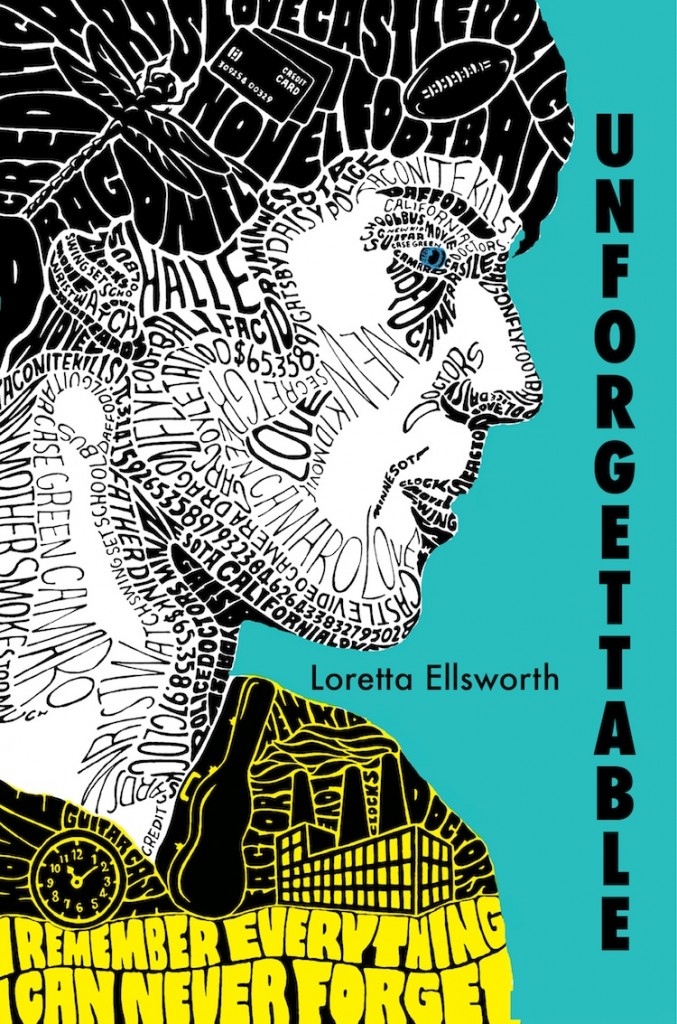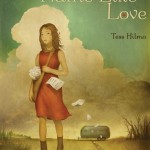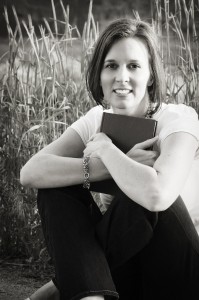
Photo by Jenni Howell Photography
Tess Hilmo is the author of With a Name Like Love, a book that looks at the power of compassion and friendship, and how the collective reasoning of people in a town isn’t always right. (Check out my review and details of a book giveaway.) In this essay, Hilmo talks about ways words can build us up or knock us down.
The Power of Words
By Tess Hilmo
Words are powerful! They can lift someone to the greatest heights or break someone’s heart. Every day we choose which words we will use.
Thinking about this concept, I am reminded of Harry Potter, one of my favorite characters in children’s literature. As you will recall, among Harry’s many courses at Hogwarts School of Witchcraft and Wizardry was Professor Flitwick’s class in charms. In this course the students learned that by saying certain words in a certain way, they could make magic happen.
I’ve discovered this to be true in my own life. Consider these magic formulas:
- You can change a sad person into a happy, confident person by saying: “You are amazing!” or “I really like how you did that!” in an upbeat, outgoing tone.
- You can magically heal a broken friendship by saying the formula: “I’m sorry for what I did. Will you forgive me?” Don’t forget the required tone: sincerity.
My book, With a Name Like Love, also has examples of this. There is a boy named Jimmy who is all alone and going through a really tough time. He tries to keep positive, but it is difficult because some people in town say unkind things to him. At one point, Jimmy comes to a revival at the invitation of the main character, Ollie Love. A mean spirited woman, Mrs. Carter, tells Jimmy to leave. Here is what happens:
Esther Carter was standing behind Ollie. “Go on, boy. Git.”
The boy shoved his hands into his blue jeans pockets, turned and sulked off toward town.
Hot anger rushed up through Ollie’s veins. “He’s not some dog you can chase off.”
Mrs. Carter turned back to the crowd. “You’re right,” she said over her shoulder. “A dog is good for something.”
Beyond simply being cruel, words can also mislead people. There is another part in the novel where Mrs. Carter says,
“If’n you’re asking me, I’d say you were looking for a mess of trouble invitin’ that Koppel boy to your celebration. He’ll bring bad luck upon you and your whole clan—plus shoo us good people away.”
This statement is untrue and paints Jimmy (Koppel) in an unfair light, possibly costing him the help he so desperately needs.
On the other hand, there are many examples of the Love family helping Jimmy and lifting him up with their kind words. They invite him for meals and offer to help him with his problems. This is what happens at a later revival:
“And Jimmy did feel welcome. . . . It was a beautiful sight to see the joy coming from somewhere deep inside of him. The joy that comes when you finally let go of the worry and settle down in the comfort of friends.”
Our words matter! And, remember, you don’t have to be a wizard to work magic. You can be a regular person, like Ollie Love, who uses the enchanting power of words to change someone’s life for the better.

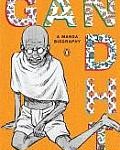 Award-winning manga artist Kazuki Ebine has created a new book about one of the world’s greatest men. Gandhi, A Manga Biography follows Mahatma Gandhi from the time he remembers seeing injustice against his countrymen when he was a child, until he takes his last breath. In between, the illustrations and narrative tell the compelling story of Gandhi’s journey from being a “fine English gentleman” to the beginnings of his passive resistance in South Africa, and ultimately, to his rise as a symbol of peace, hope and freedom for India and the rest of the world.
Award-winning manga artist Kazuki Ebine has created a new book about one of the world’s greatest men. Gandhi, A Manga Biography follows Mahatma Gandhi from the time he remembers seeing injustice against his countrymen when he was a child, until he takes his last breath. In between, the illustrations and narrative tell the compelling story of Gandhi’s journey from being a “fine English gentleman” to the beginnings of his passive resistance in South Africa, and ultimately, to his rise as a symbol of peace, hope and freedom for India and the rest of the world.
